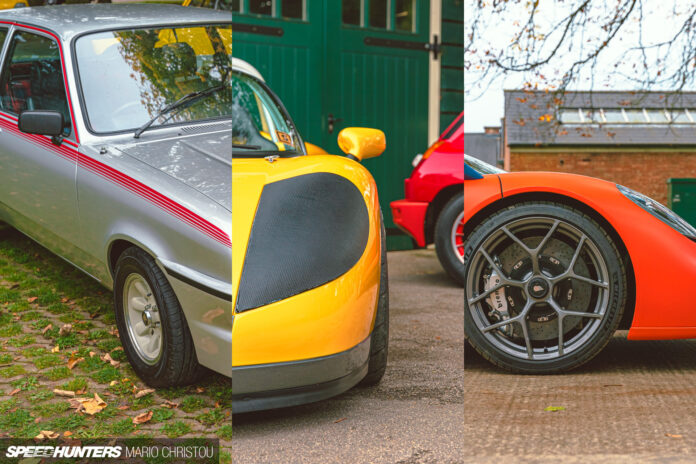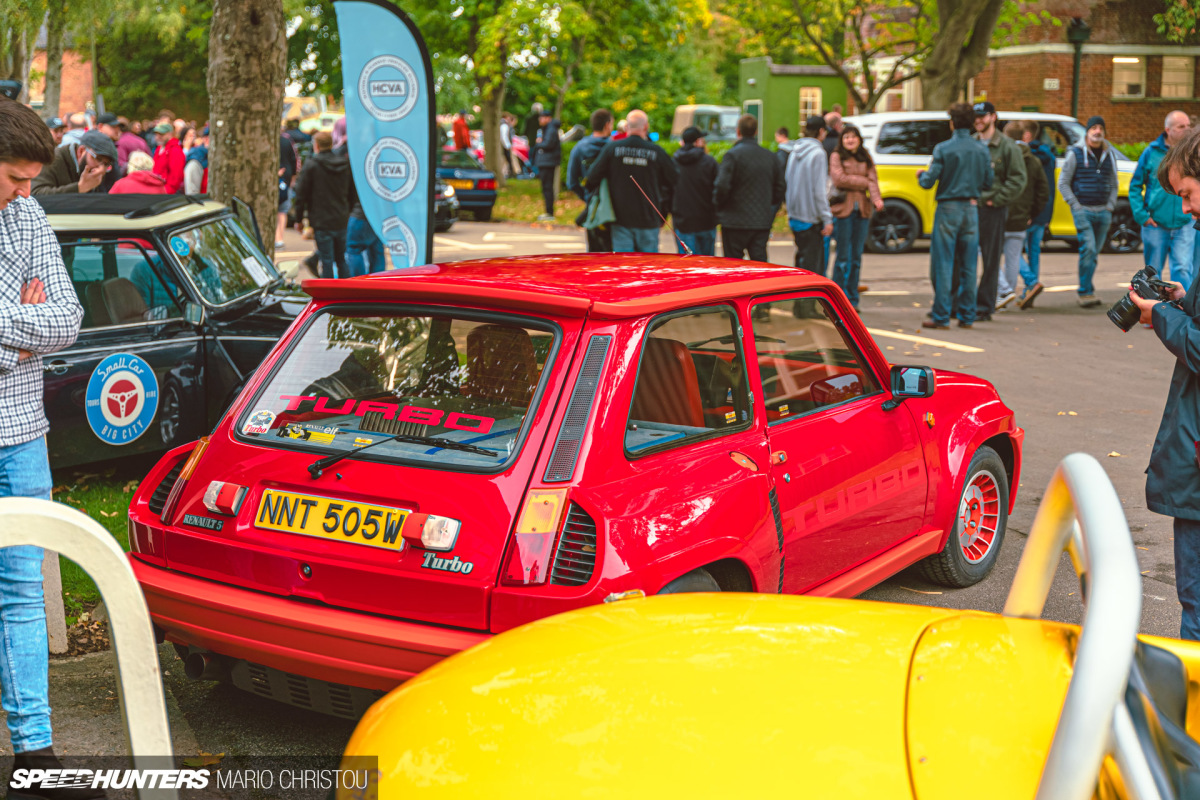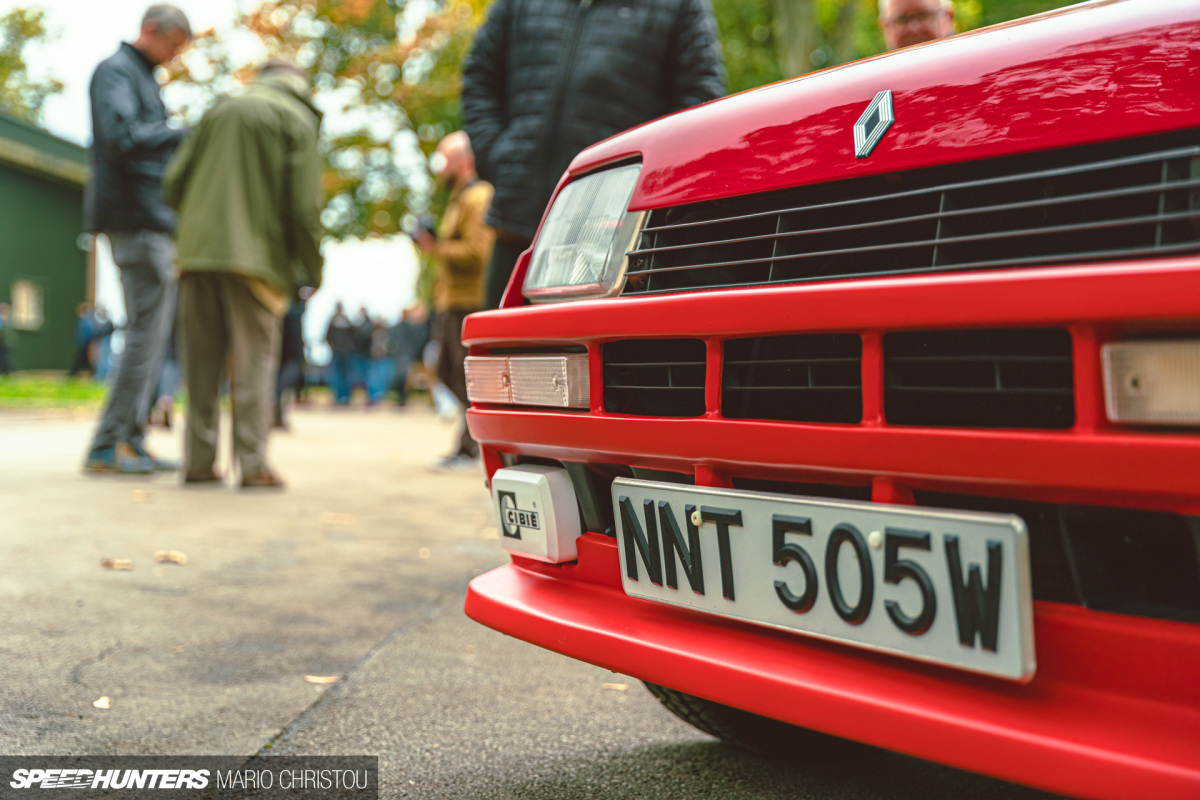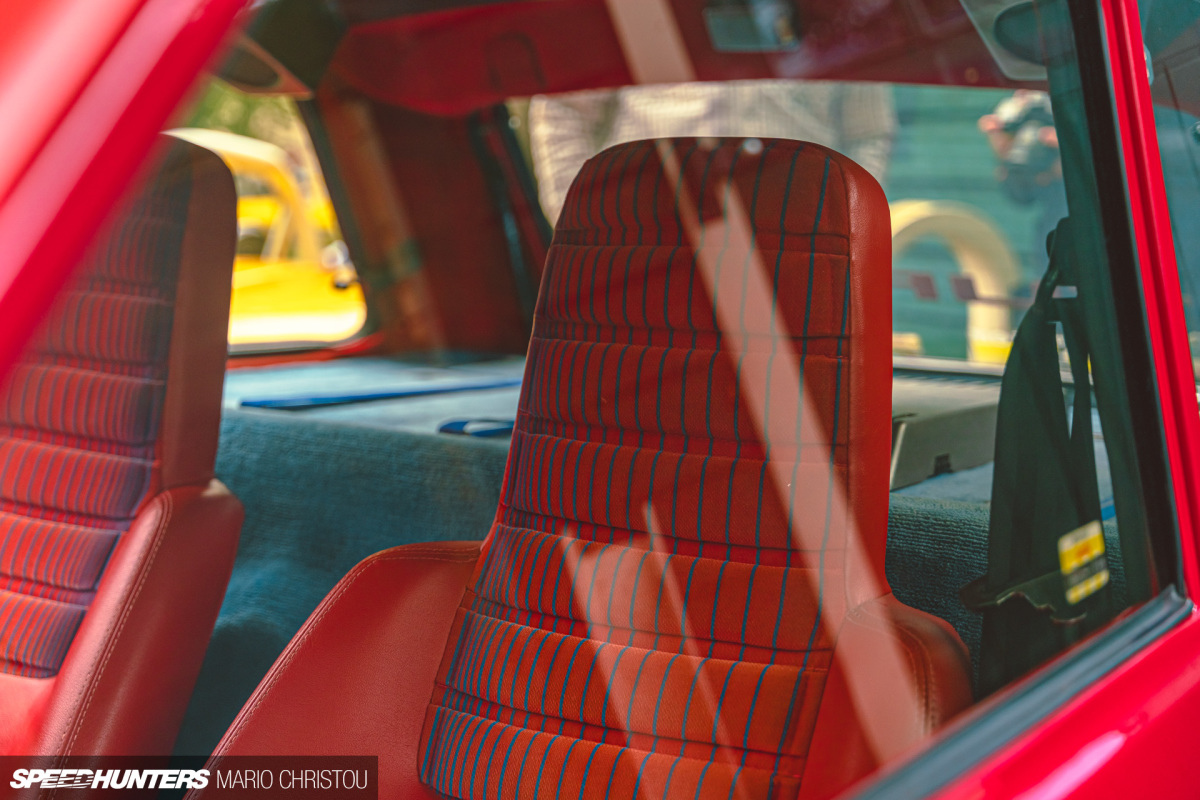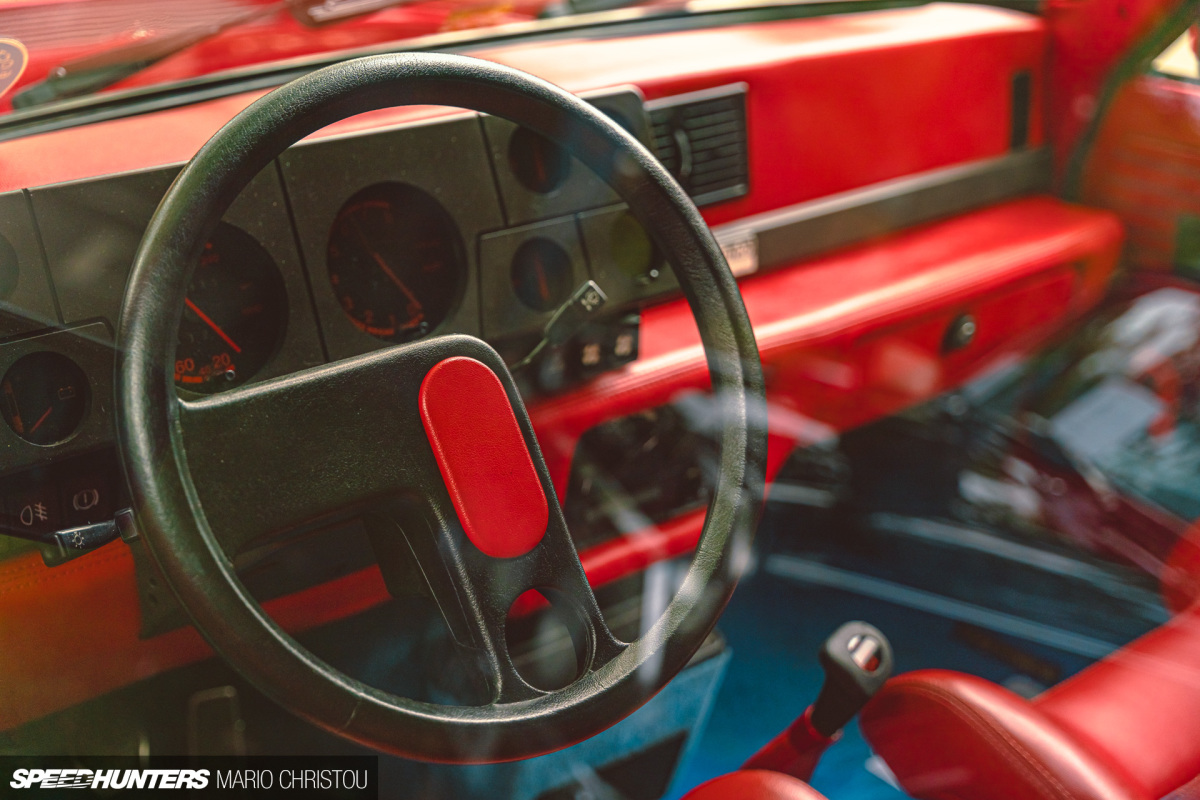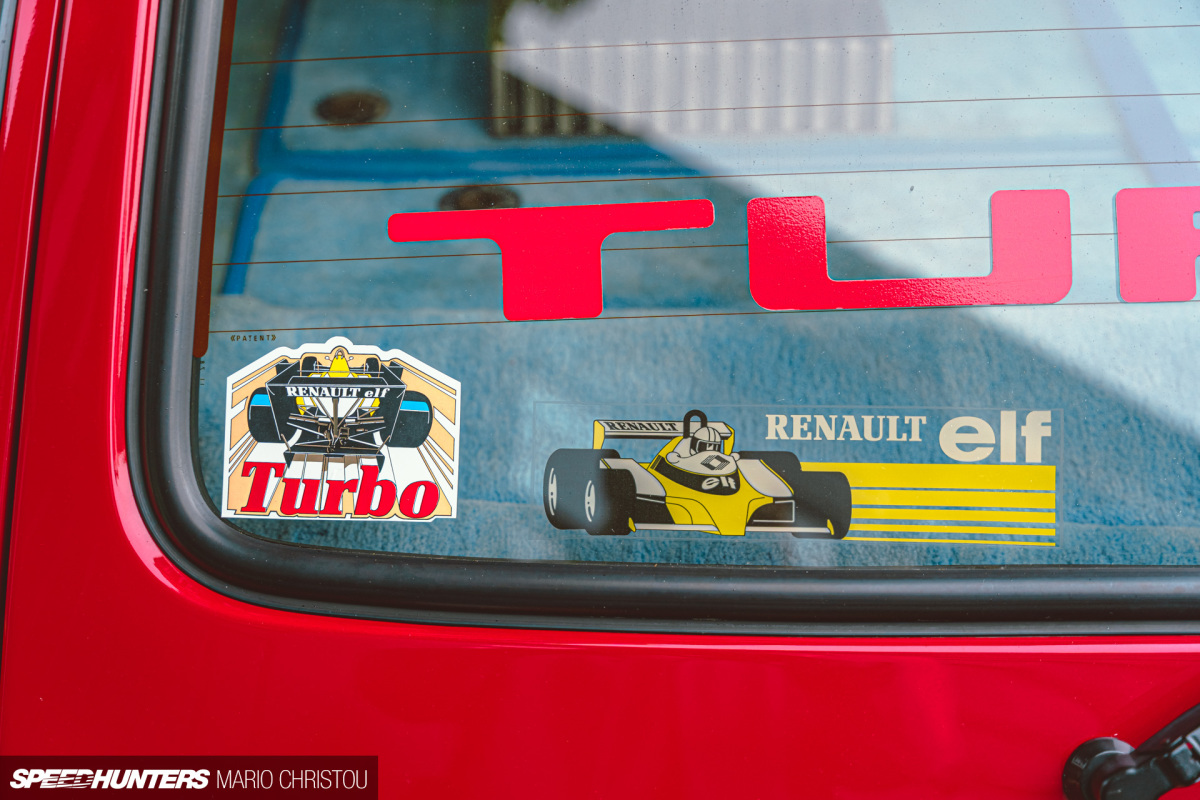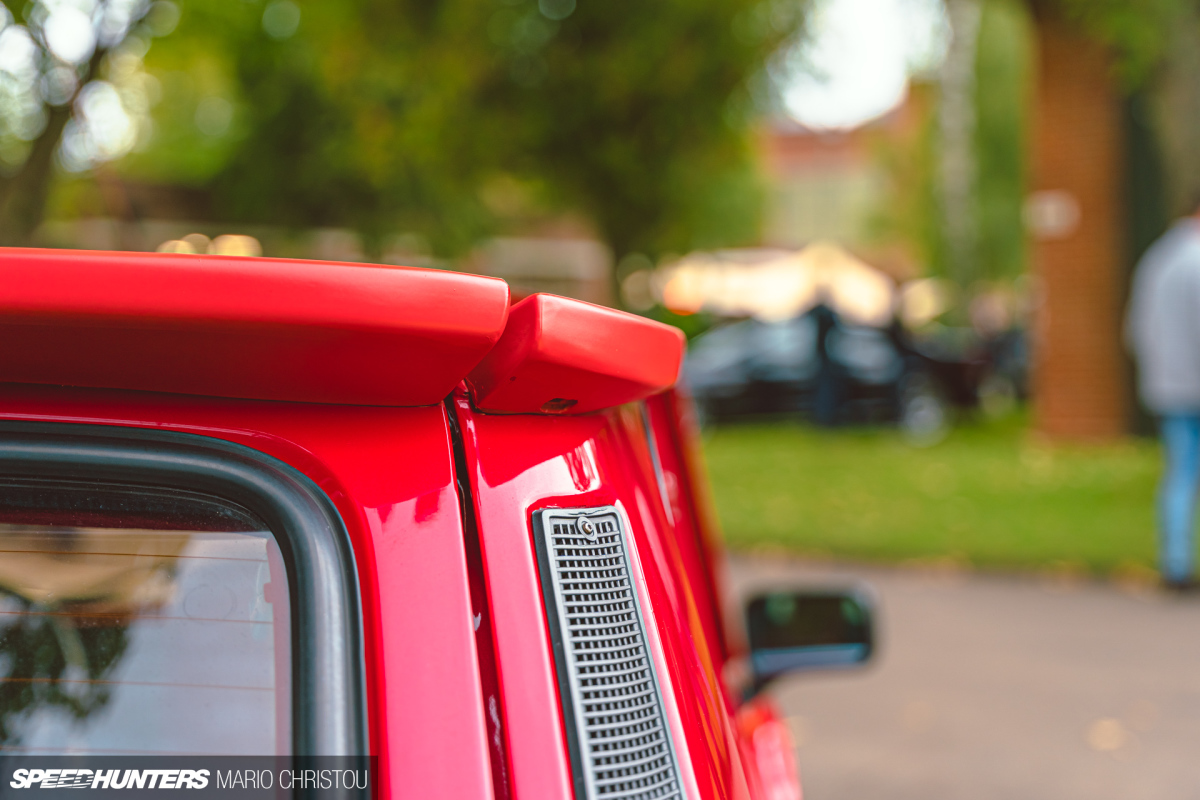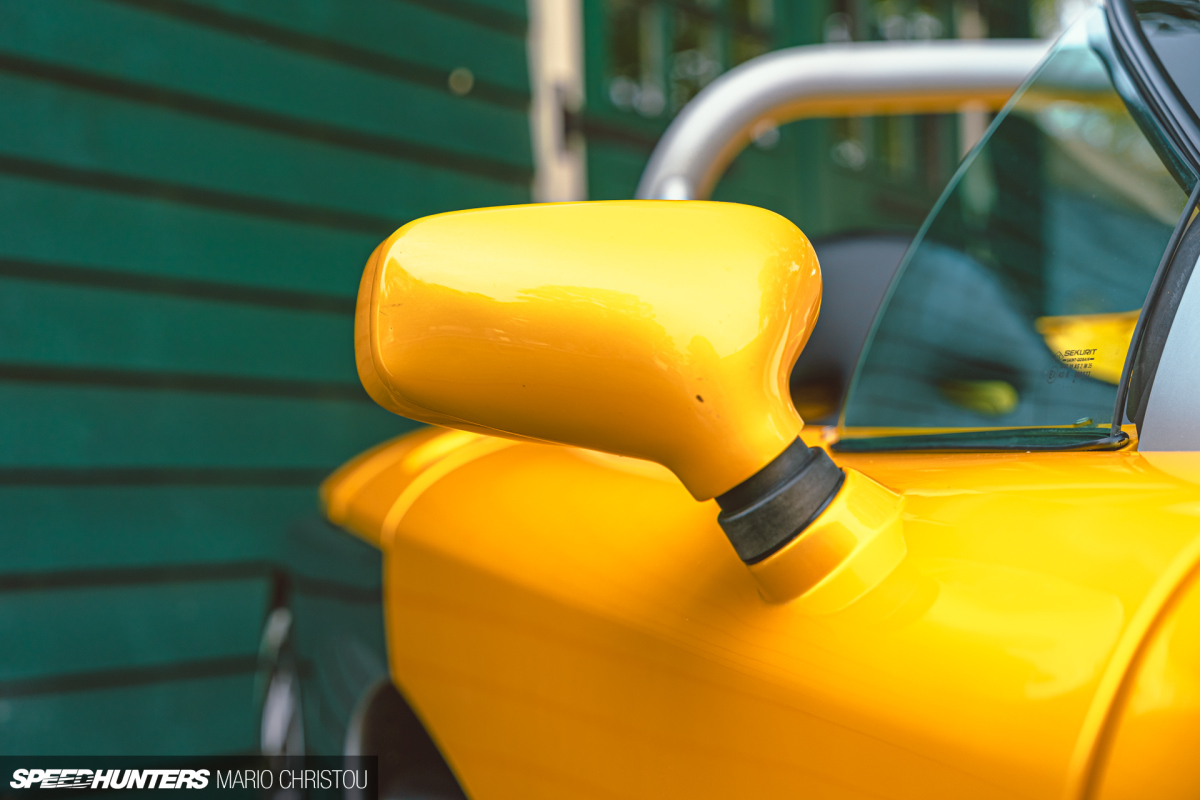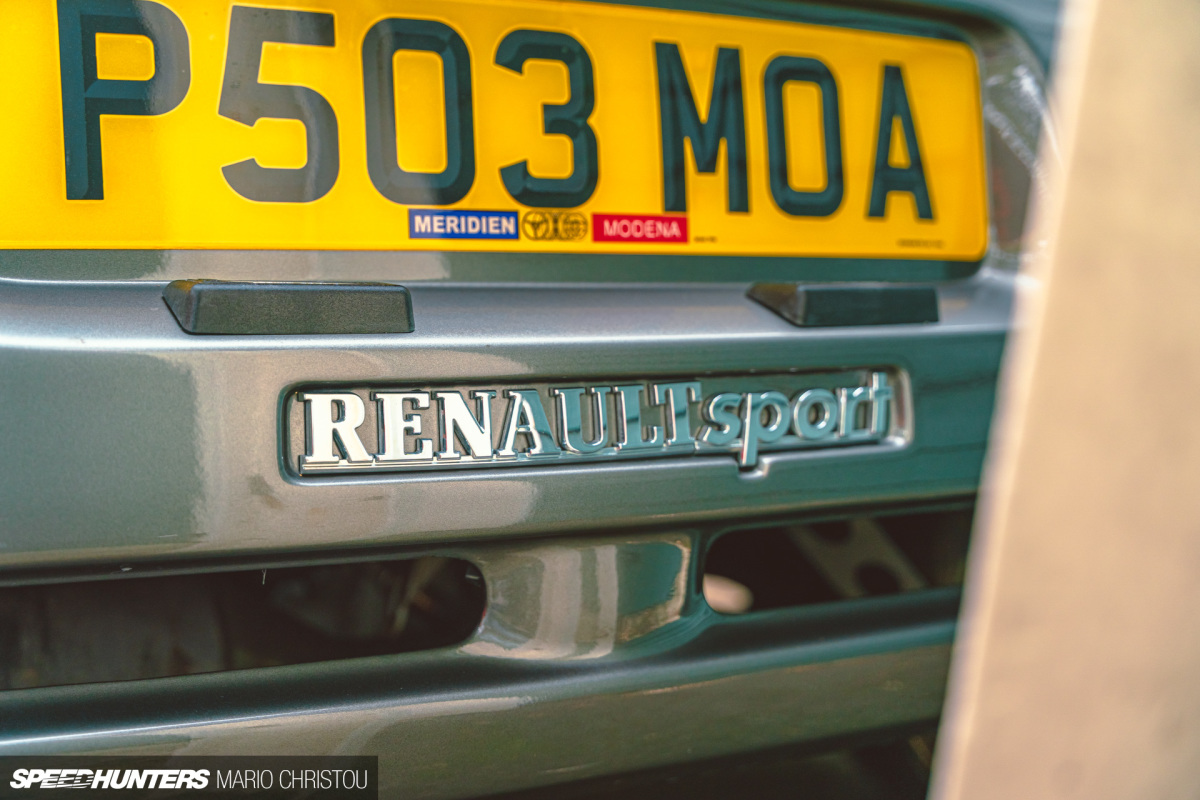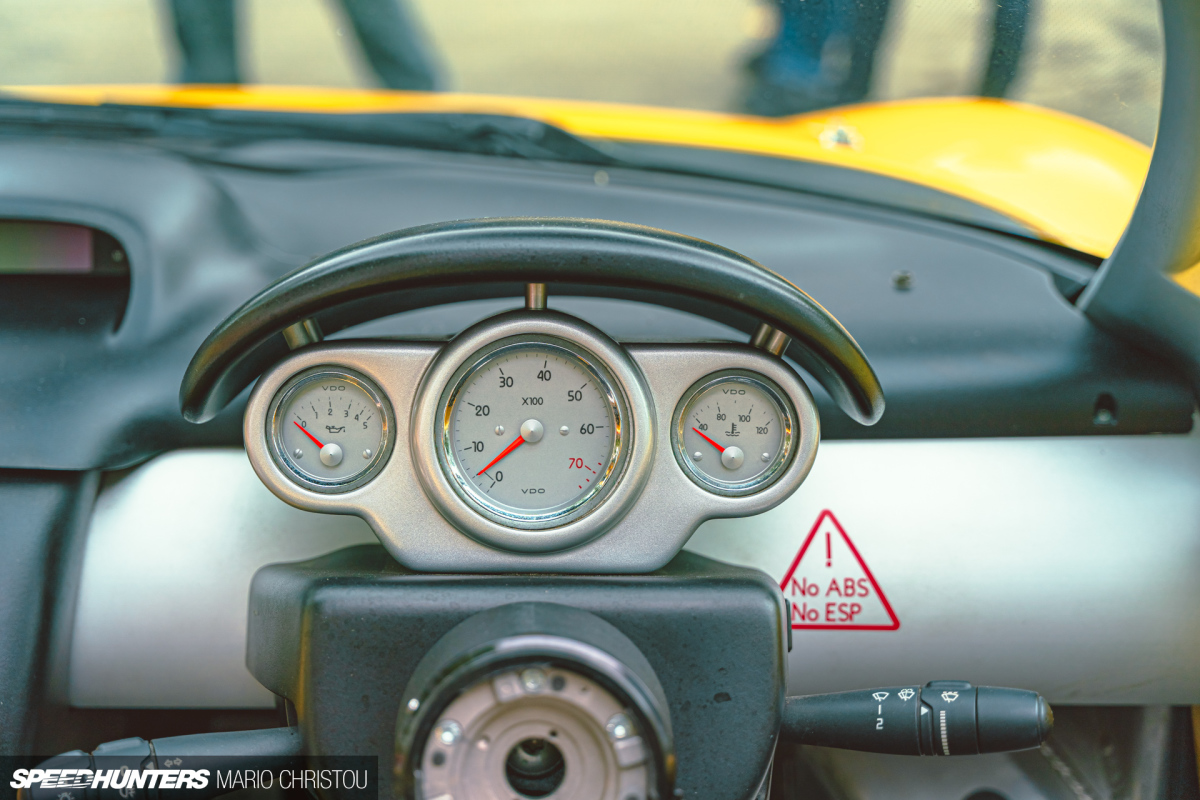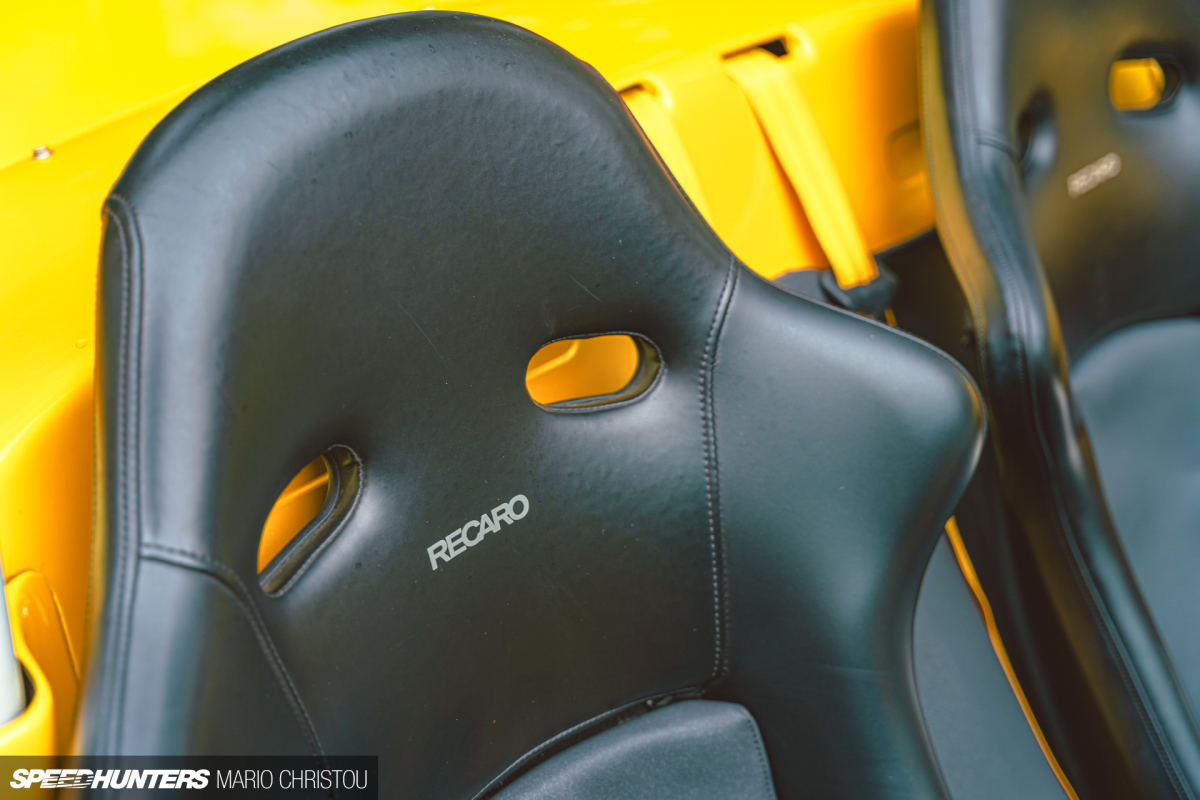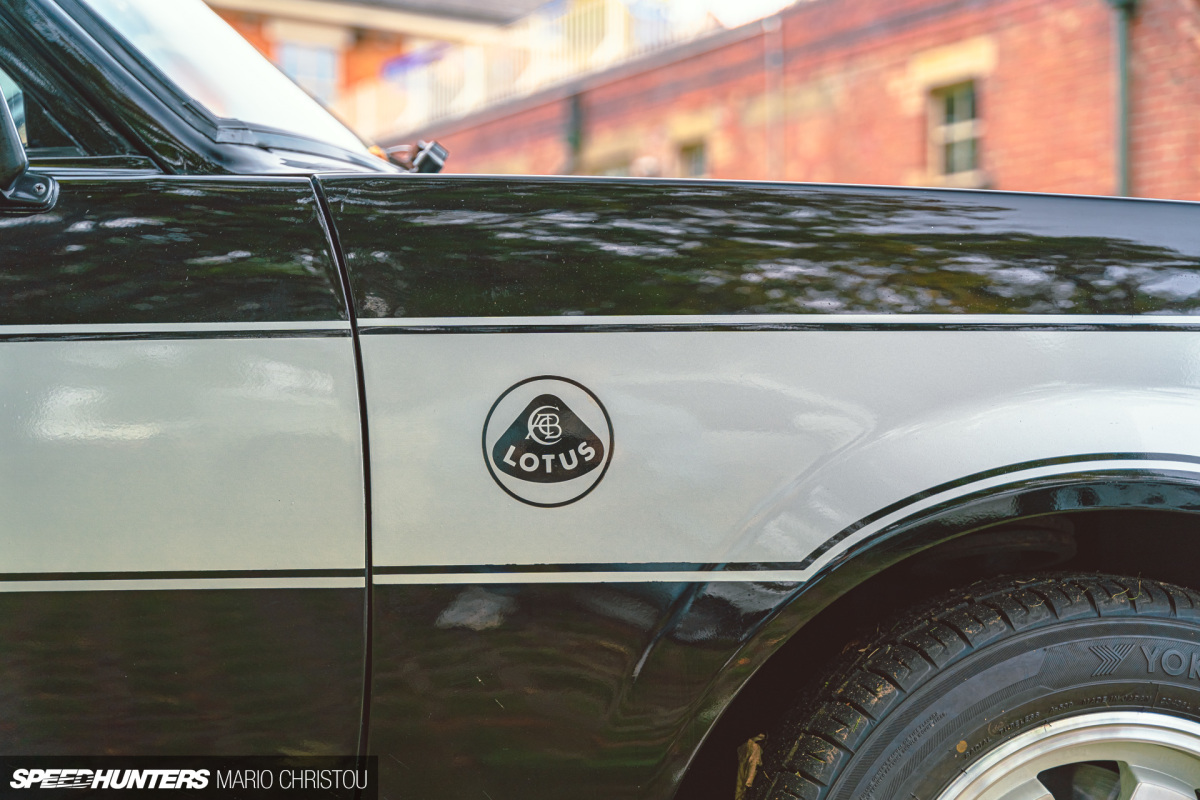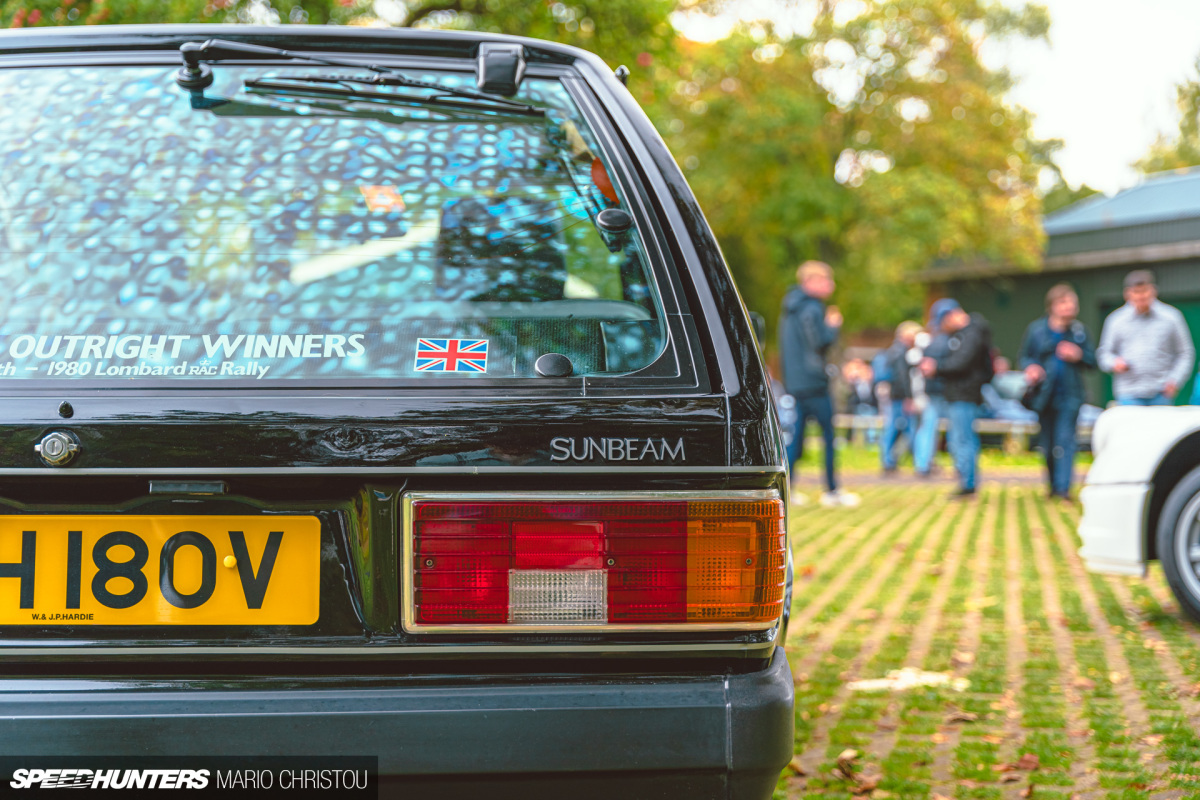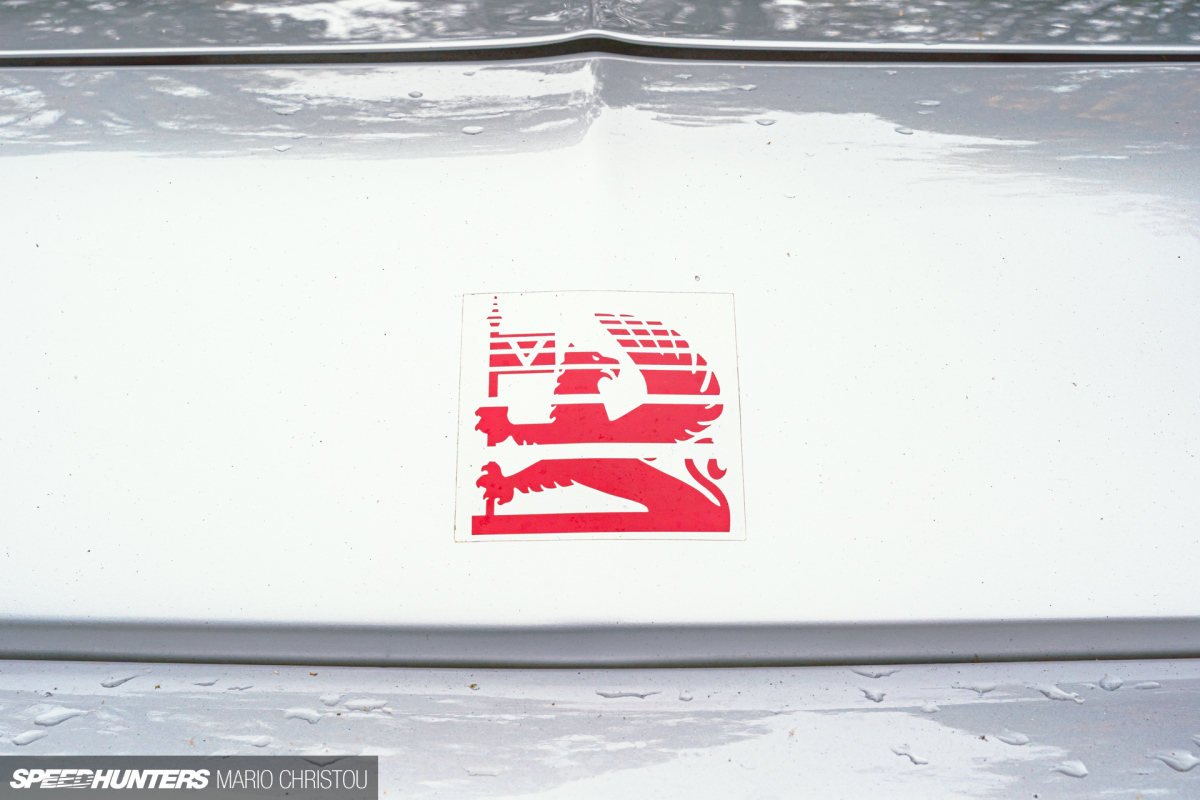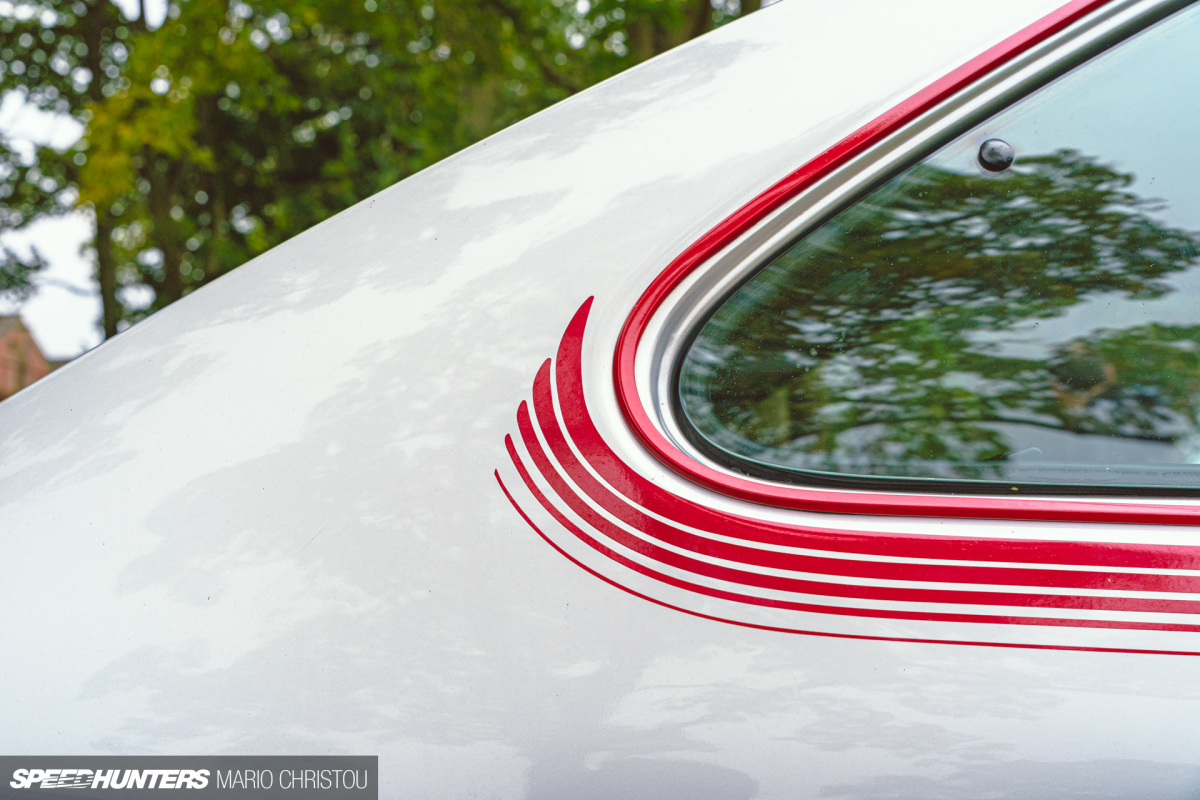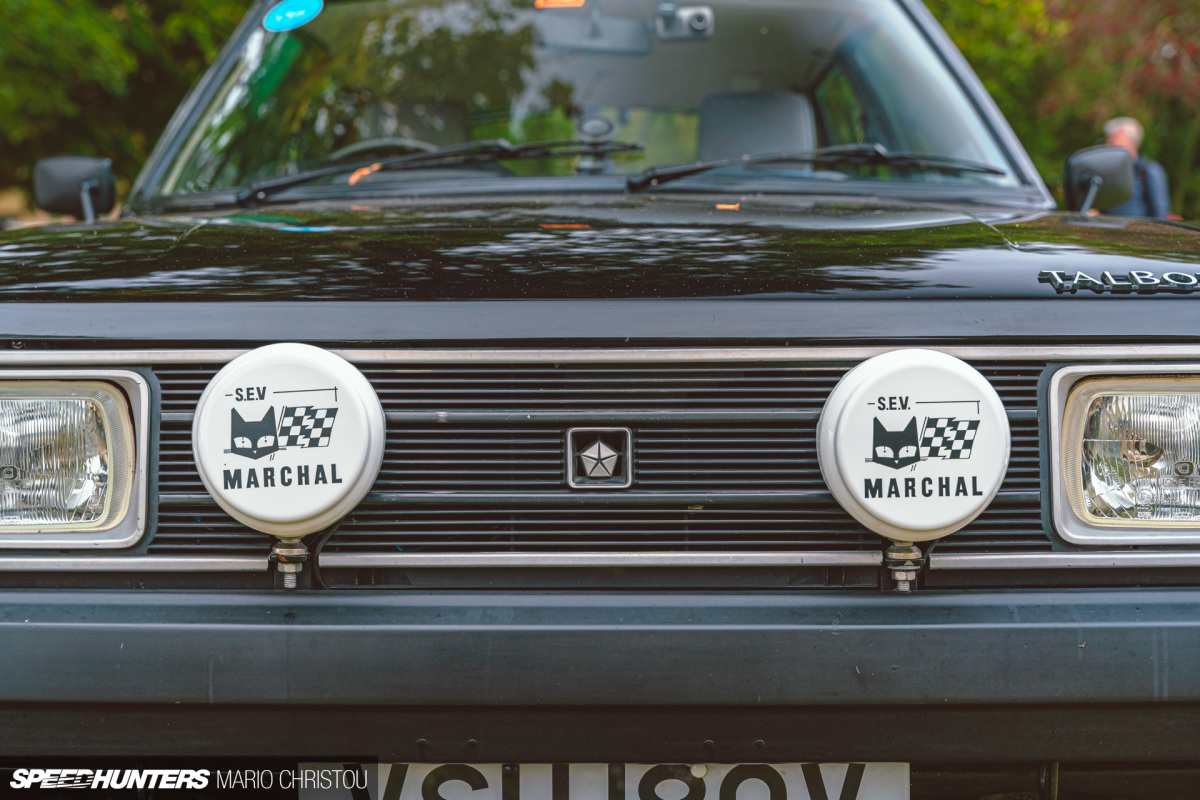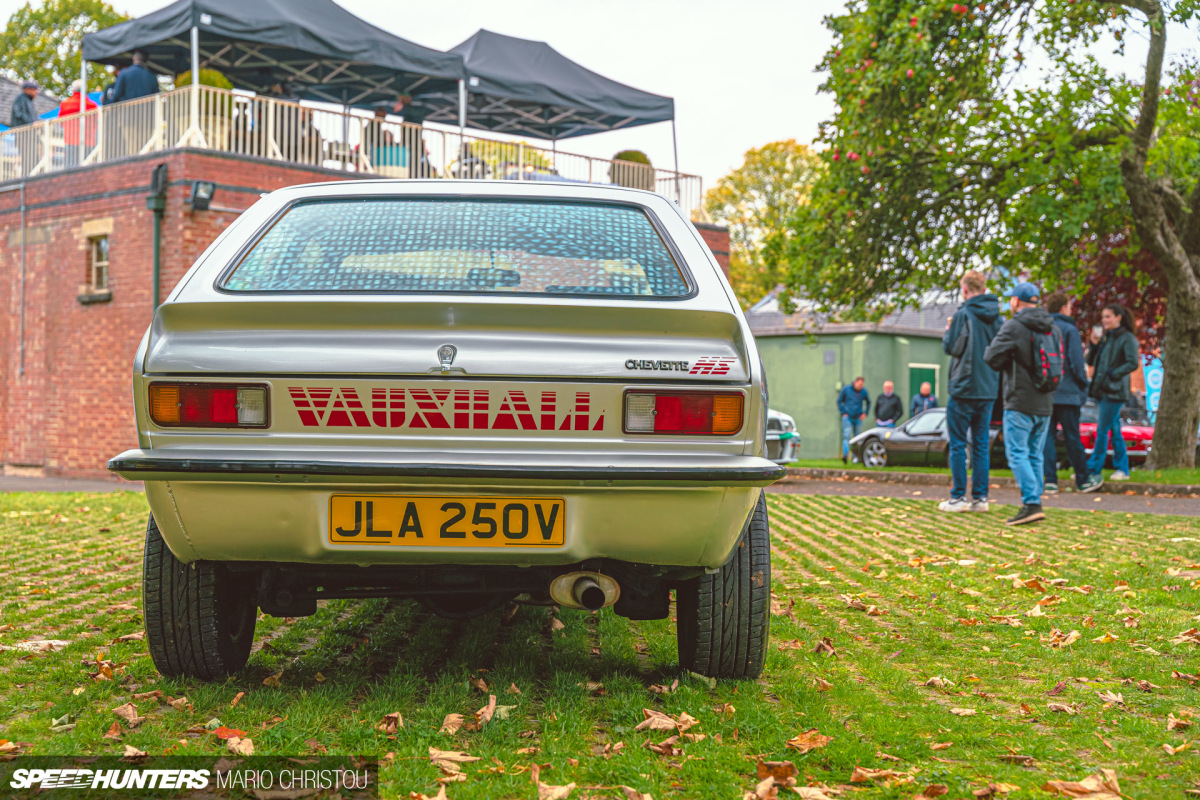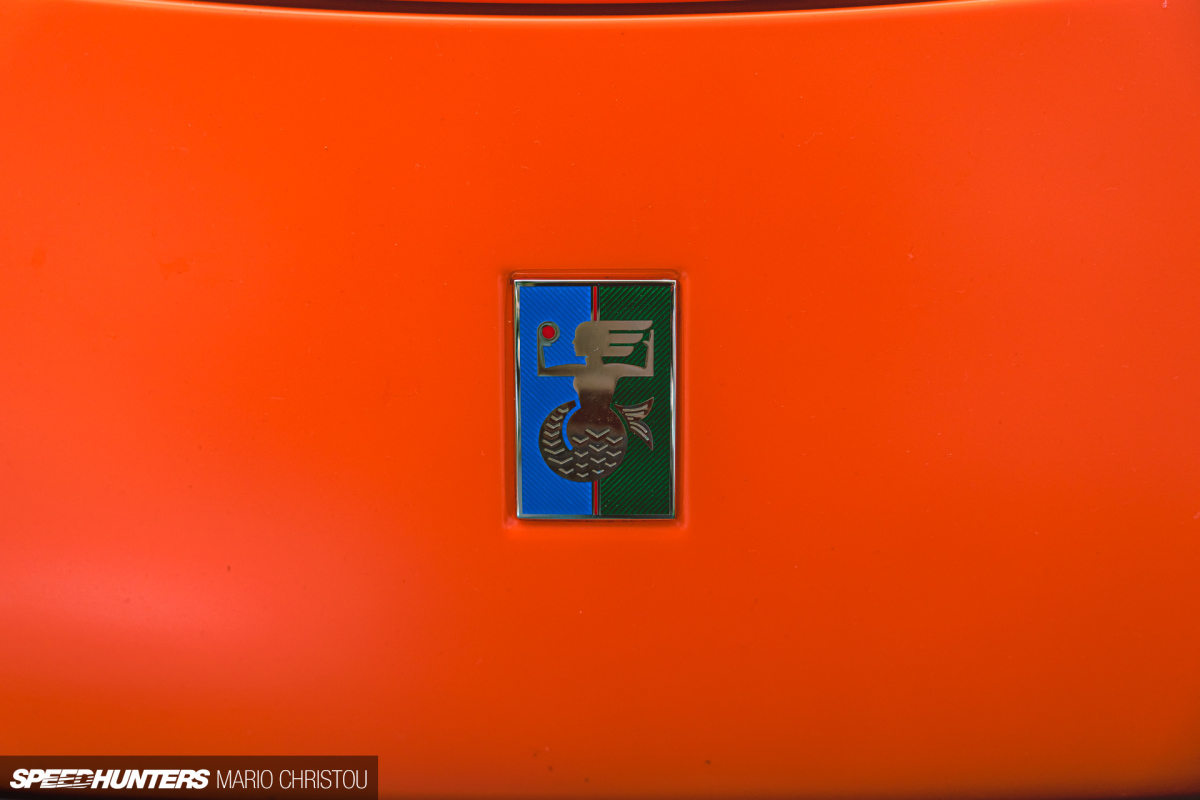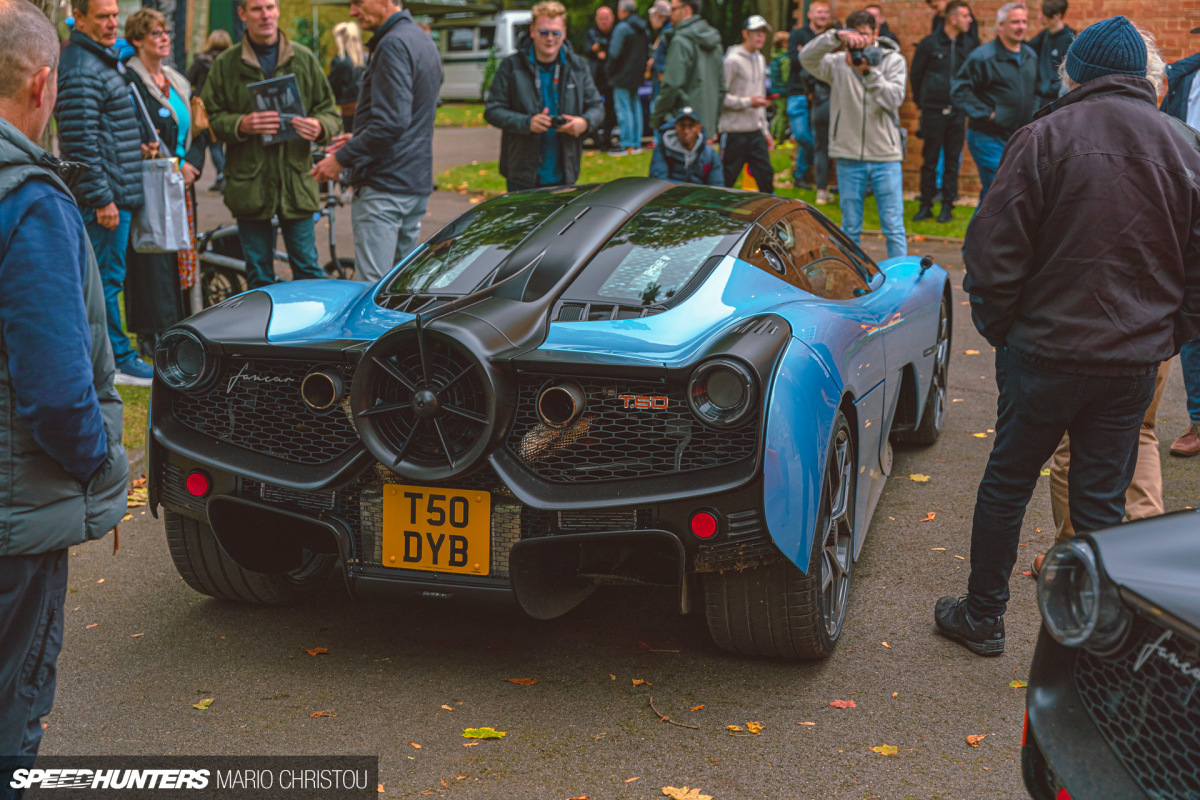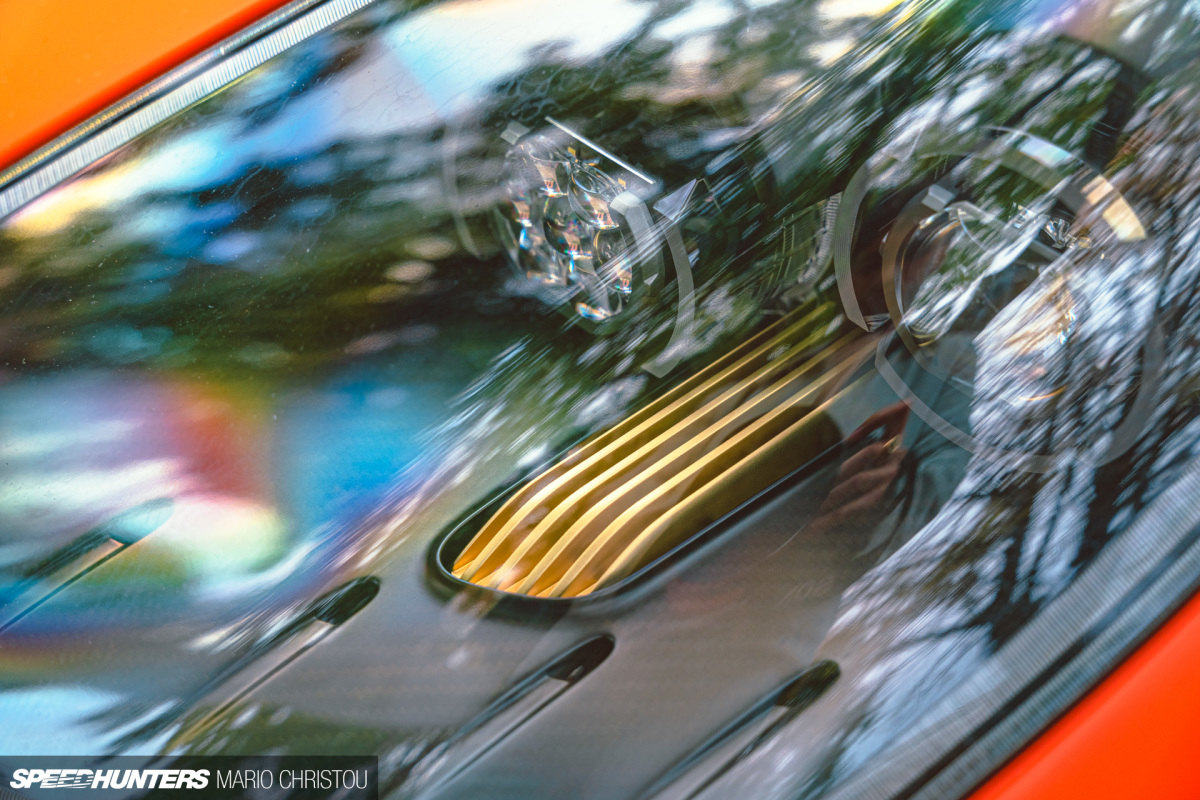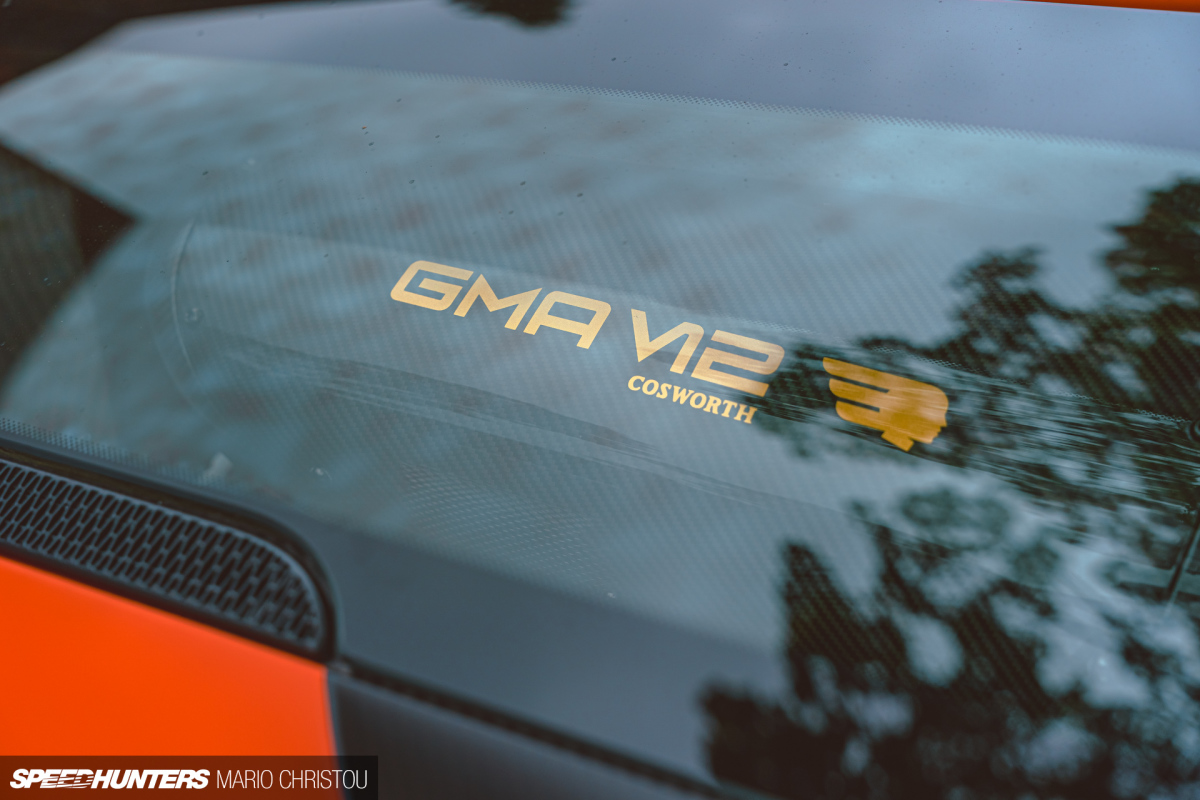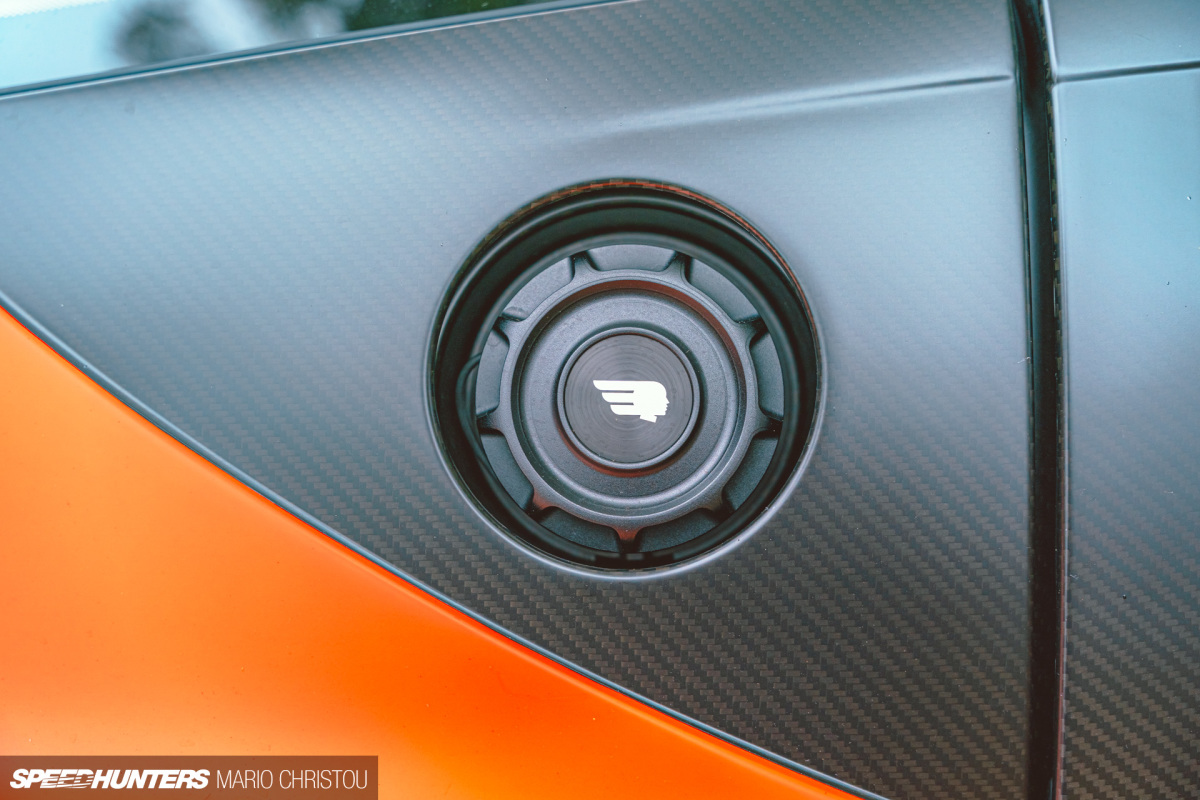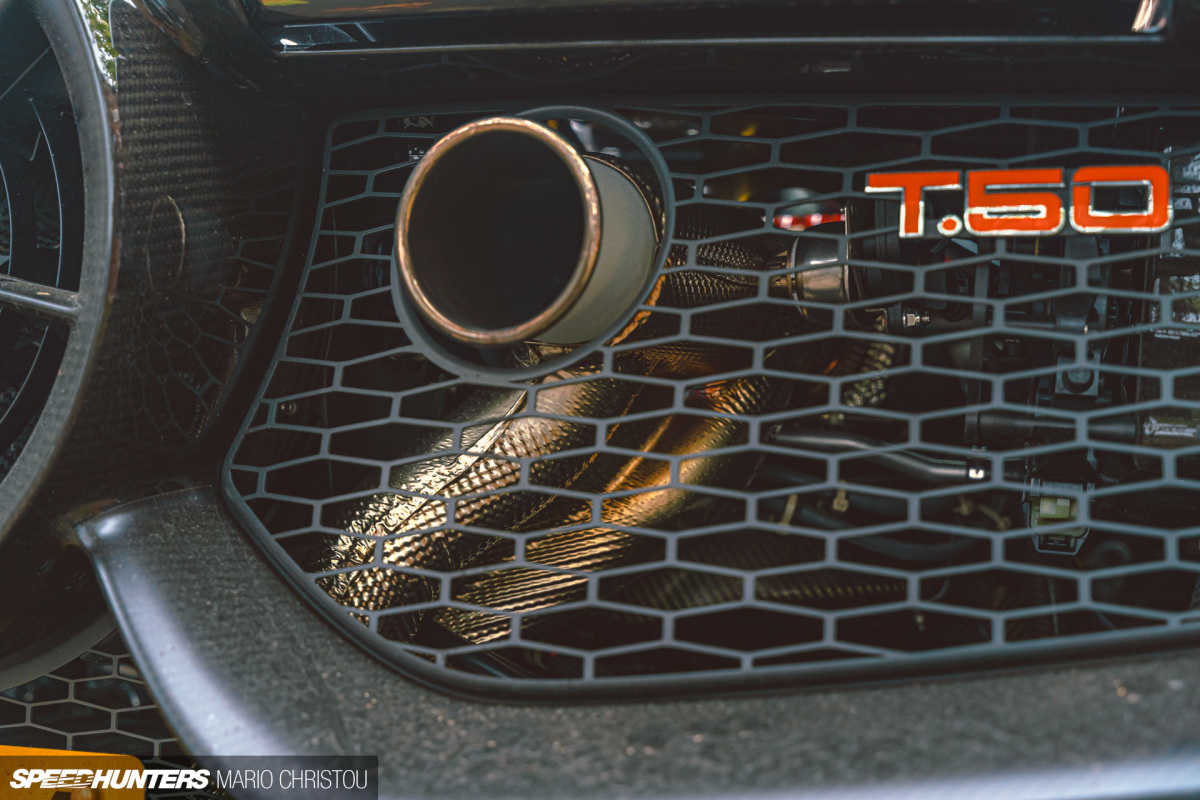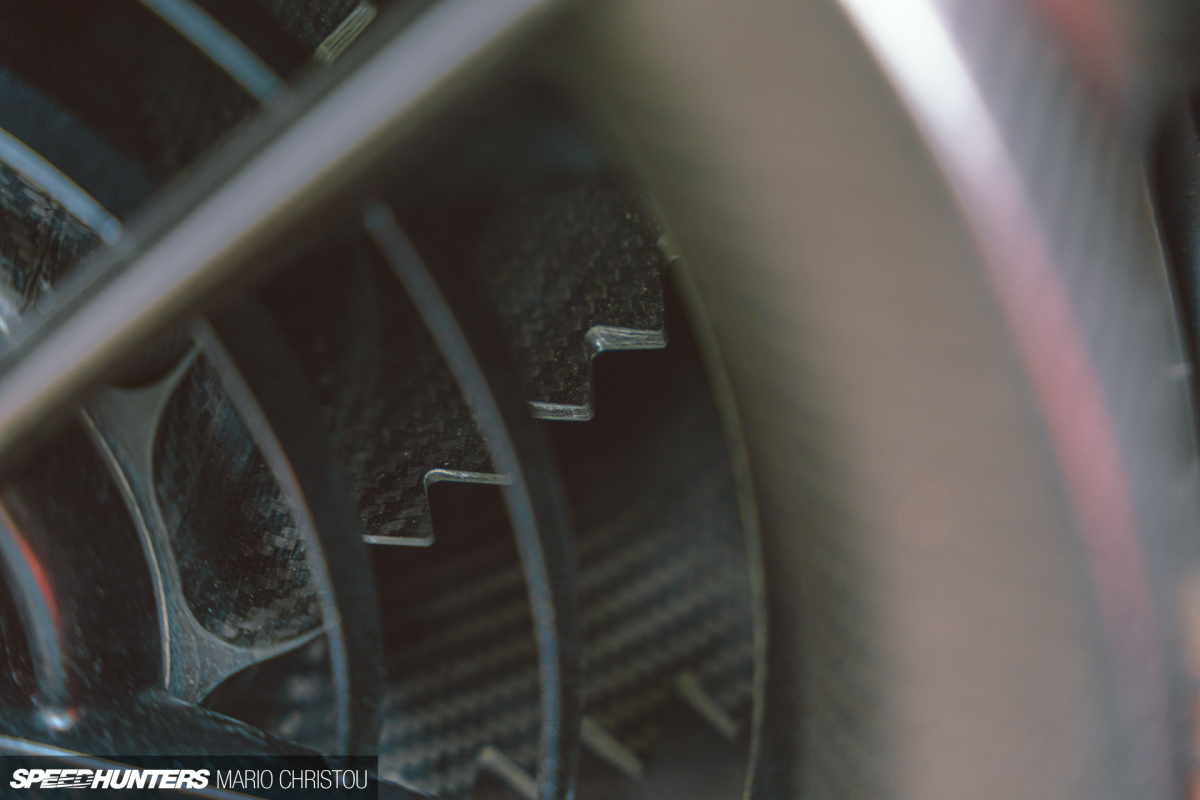The automotive world rarely inspires genuine shock these days.
It comes as no surprise, given how hard it is to make a rule and regulation-bending car in the 21st century. Not to mention, every conceivable niche being filled. Coupé-SUVs, shooting brakes, roadsters with car park-friendly doors, and four-door variations of two-door cars… That list alone is all from BMW’s catalogue!
At this point, it’s purely a profit game. But in the 1980s, the car industry thrived on wild ideas born from experimentation, homologation, or both. Enter Renault’s 5 Turbo.
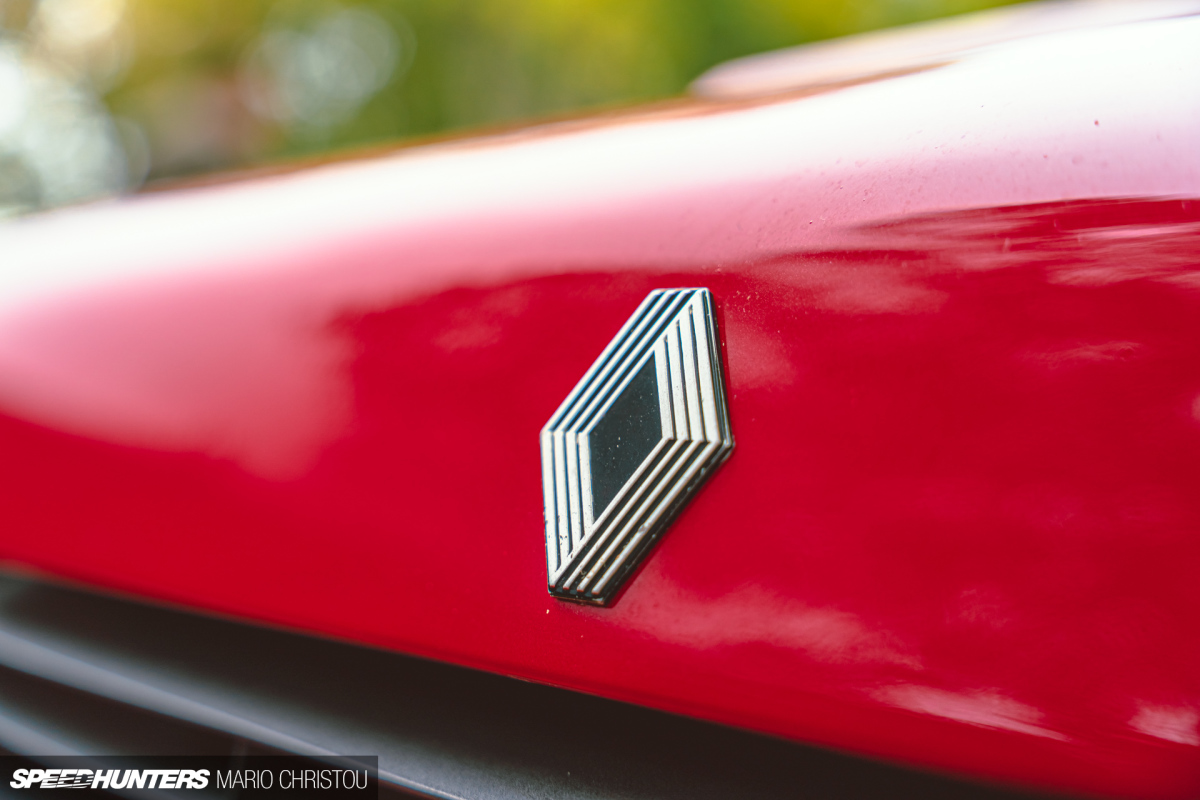
Launched in 1980 as a homologation special for Group 4 rallying, the R5 Turbo was far from the everyday Renault 5 seen at local boulangeries. Its design drew inspiration from the Lancia Stratos, which showcased the advantages of mid-engine setups for rallying.

With a 1.4-litre turbocharged four-cylinder nestled behind the front seats – delivering 158hp to the rear wheels – the R5 Turbo could sprint from 0-60mph in under 7 seconds and reach a top speed of 124mph (199/km/h).

The 1984 Maxi Turbo represented the pinnacle of this rally beast, sporting a wider, lighter frame and a manic 345hp from its 1.5-litre engine. It must have been a riot to drive, even if it wasn’t a championship contender.

After the road-going R5 Turbo 2 ceased production in 1986, Renault struggled to maintain its performance image. To spice things up, the French automaker introduced the Renault Sport Spider. I’m glad it did – I absolutely adore this car.

The Spider boasts a simplistic beauty absent in many track-day specials: soft curves, a low nose, and pretty headlights. The rear end is a bit awkward, with taillights seemingly lost in space, yet the proportions are fantastic.
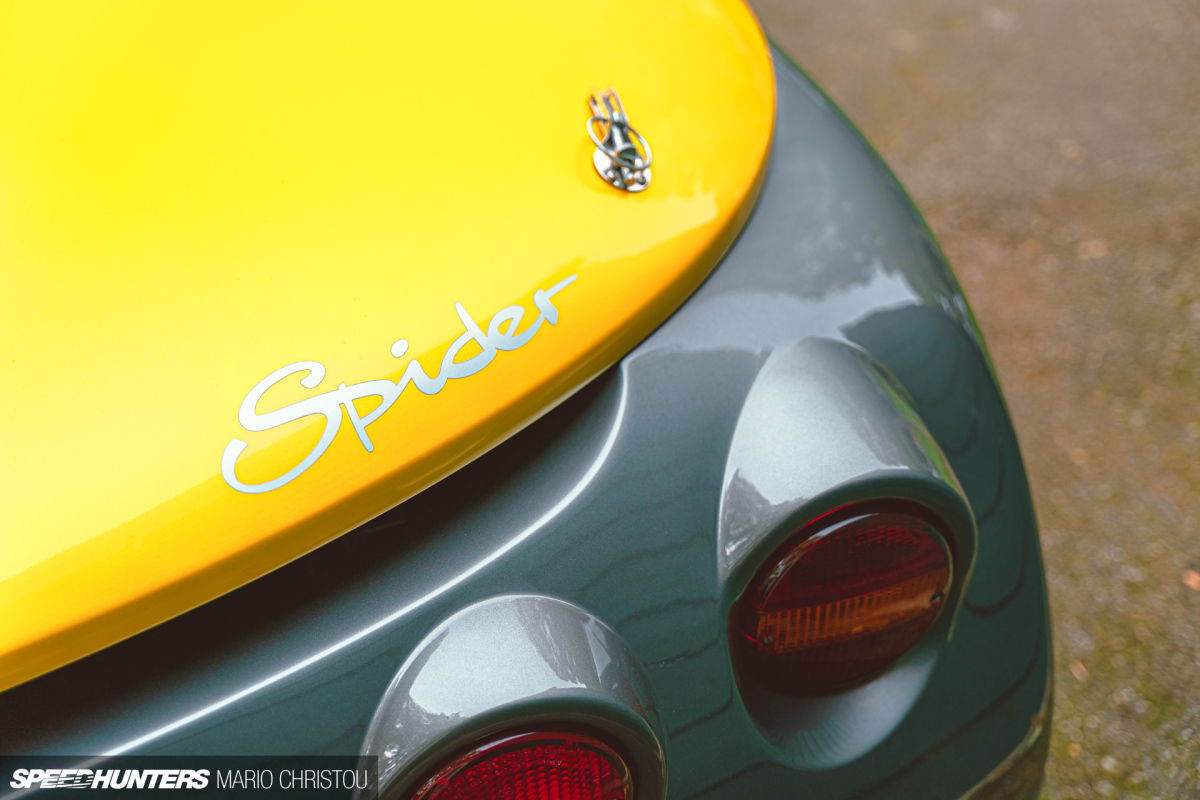
British models featured a glass windscreen, but European versions had the option of a literal ‘windscreen’ – a ducted scoop that directed air up and away from the cockpit – ingenious!

Powered by a 2.0 inline-four from the Renault Clio Williams, the 930kg Spider matched the 5 Turbo’s 0-60mph time of 6.9 seconds, delivering a fun yet manageable driving experience. My favourite detail? The butterfly doors, or, in this car’s case… the ‘baguette holder.’ Trés bon!

While the 5 Turbo was only slightly more expensive than a Volkswagen Golf GTI when new, it was produced in limited numbers. The Spider, however, started at nearly £30,000 (approximately US$39,000 in today’s money) – £7,000 (US$9,100) more than a Lotus Elise at the time. Practicality wasn’t the Spider’s strong suit either.


For those seeking a more practical entry into classic rear-wheel drive performance car ownership, consider the Vauxhall Chevette HS and Talbot Sunbeam Lotus. Like the Renault 5 Turbo, these were homologation specials for Group 4 rallying, but they were already RWD from the get-go.

As such, creating high-performance versions of the base cars didn’t compromise their practicality as family hatchbacks – though they were undeniably little hooligan machines.

The Chevette HS featured an uprated 2.3-litre version of Vauxhall’s slant-four engine with twin Weber carburettors, while the Sunbeam’s 2.2-litre Lotus engine sported Dell’Orto carbs. The Talbot produced about 150hp, edging out the Chevette’s 135hp – high power for a small car in the late ’70s.
In Group 4 rally specification, both cars neared 250hp, which would have made them wild to hurl through forest roads lined with spectators. While Group B might be viewed as the pinnacle of rallying, the artistry of earlier RWD rally cars was something else altogether.

Talbot and Lotus deserve special mention, too. The 1981 WRC championship marked the final year of Group 4 regulations, with Sunbeam clinching the manufacturer title ahead of Datsun and Ford. From 1982 onward, all-wheel drive dominance began, save for the legendary Lancia 037 in 1983.

Fast-forward to today, and the performance automotive landscape feels standardised and boring. Two-litre turbocharged automatic hot hatches and twin-turbo V8 super saloons are the norm, with most vehicles being AWD, quiet and hefty.

Even supercars and hypercars have become uniform, electrified and bloated. One man became fed up with it all, and in August 2020, revealed a manual, sub-1,000kg (2,204lb) V12 supercar that revs beyond 12,000rpm and features functional ground effects thanks to its rear fan.

The man is Gordon Murray, and the car is his GMA T.50.

I’d never seen a T.50 in person until October’s Sunday Scramble at Bicester Heritage, where seven of these marvels were on display. While my passion leans towards ’90s tuning and motorsport, this particular pair stopped me dead in my tracks.

It’s refreshing to see that we’re rising from the depths of automotive monotony, with modern technology and innovative thinking allowing creative minds to shine once more.

What stood out at this Bicester event wasn’t just the cars. The Scramble is more than a show; it’s a meet. These aren’t polished show ponies but real cars driven in on a crisp autumn morning.

Long live the engineers who design such remarkable machines, and long live the enthusiasts who relish driving them!
Mario Christou
Instagram: mcwpn, mariochristou.world
mariochristou.world
More stories from the UK on Speedhunters

